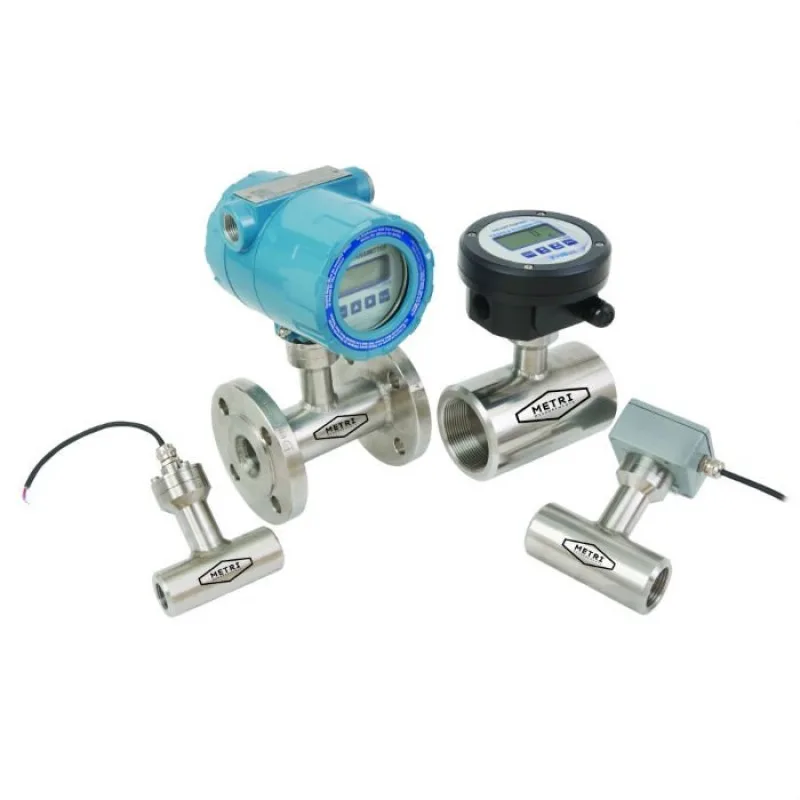Precision Flow Measurement
Flow metering plays a pivotal role in various industries, including manufacturing, petrochemical, pharmaceutical, and water treatment, where accurate measurement of fluid flow is essential for process optimization and quality control. In this comprehensive guide, we will delve into the world of precision in flow metering, exploring the importance of accurate measurement, the types of flow meters available, calibration techniques, and how to ensure your flow measurement system is both reliable and efficient.
The Significance of Accurate Flow Measurement
Accurate flow measurement is the cornerstone of efficient industrial processes and product quality. Whether you’re monitoring the flow of liquids, gases, or steam, precision is paramount for several reasons:
1. Process Optimization
In industrial processes, even minor variations in flow rates can impact product quality and efficiency. Accurate flow measurement allows for real-time adjustments, ensuring consistent production and minimizing waste.
2. Compliance and Regulations
Many industries are subject to strict regulations regarding environmental impact and product quality. Precise flow measurement is essential to meet these standards and avoid costly fines.
3. Cost Reduction
Accurate measurement helps identify and rectify inefficiencies, leading to reduced energy consumption and operational costs.
4. Safety
In industries dealing with hazardous materials, precise flow measurement is critical to prevent accidents and ensure the safety of personnel and equipment.
Types of Flow Meters
Flow meters come in various types, each suitable for specific applications. Here are some common types:
1. Impeller Flow Meters
Impeller flow meters, also known as propeller flow meters, operate on a similar measurement principle to paddle wheel flow meters, as they both rely on impellers to measure fluid flow.
2. Paddle Wheel Flow Meters
Paddle wheel flow meters, also known as wheel-type flow meters or turbine flow meters, operate based on a simple and effective measurement principle. These meters are commonly used to measure the flow of liquids, particularly in industrial and commercial applications.
3. Electromagnetic Flow Meters
These meters work on the principle of Faraday’s law of electromagnetic induction. They are ideal for conductive fluids and offer excellent accuracy.
4. Ultrasonic Flow Meters
Ultrasonic meters use sound waves to measure flow. They are non-intrusive and suitable for various applications, including wastewater treatment.
5. Turbine Flow Meters
Turbine meters use a spinning rotor to measure flow. They are suitable for both liquid and gas measurement and are known for their accuracy.
6. Thermal Mass Flow Meters
Thermal mass flow meters are advanced instruments designed to accurately measure the flow rate of gases, particularly in industrial processes where precise measurement is essential. The measurement principle of thermal mass flow meters relies on the thermal properties of the gas being measured.
Calibration for Precision
To ensure the accuracy of flow meters, regular calibration is essential. Calibration involves comparing the meter’s readings to a known standard and making adjustments as needed. Here are some calibration methods:
1. Wet Calibration
In wet calibration, the flow meter is compared to a standard using a controlled flow of liquid. It is a highly accurate method suitable for laboratory conditions.
2. Dry Calibration
Dry calibration involves using a non-contact method, such as laser or optical technology, to calibrate the meter. It is ideal for in-situ calibration of meters that cannot be easily removed from the pipeline.
3. Master Meter Calibration
Master meters are highly accurate reference meters used to calibrate other meters. They are typically traceable to national standards.
Ensuring Reliable Flow Measurement
To maintain reliable flow measurement, consider the following best practices:
1. Regular Maintenance
Perform routine maintenance, including cleaning, inspection, and calibration, to ensure the longevity and accuracy of flow meters.
2. Correct Installation
Proper installation is crucial for accurate measurement. Follow manufacturer guidelines and ensure the meter is placed in a location with minimal turbulence.
3. Data Validation
Implement data validation techniques to identify and rectify anomalies in flow data, ensuring the integrity of measurements.
4. Redundancy
Consider installing redundant flow meters to provide backup in case of meter failure, minimizing process downtime.
Conclusion
Precision in flow metering is vital for process optimization, compliance, cost reduction, and safety. Choosing the right flow meter, performing regular calibration, and adhering to best practices are essential steps in achieving accurate measurements. By prioritizing precision in flow metering, industries can enhance their operational efficiency and product quality while meeting regulatory requirements.
Incorporating these best practices into your flow measurement system will not only ensure accurate measurements but also contribute to the overall success of your industrial processes. So, invest in precision, and watch your productivity soar while minimizing waste and costs.
Remember, accuracy in flow metering isn’t just a choice; it’s a necessity for success in today’s competitive industrial landscape.


